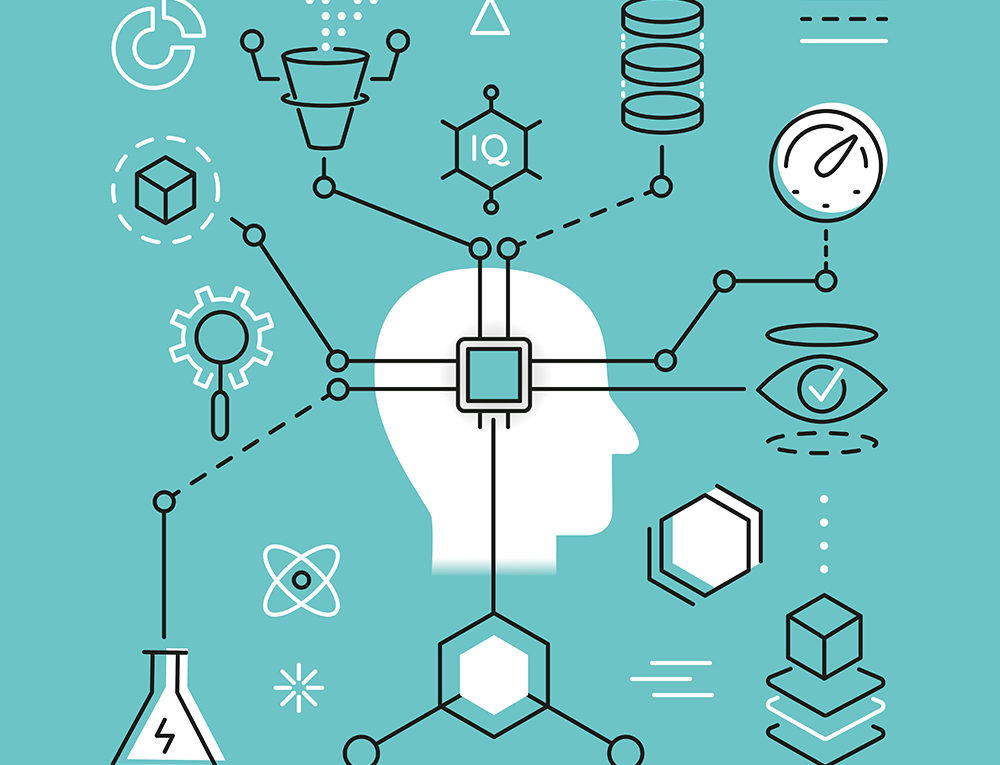Benefits of Machine Learning in Healthcare
Machine learning in medicine has recently made headlines. We can develop a machine-learning algorithm to help identify cancerous tumors on mammograms. Actually just recently Stanford is using a deep learning algorithm to identify skin cancer. I read a recent JAMA article that reported the results of a deep machine-learning algorithm that was able to diagnose diabetic retinopathy in retinal images. It’s clear that machine learning puts another arrow in the quiver of clinical decision making.
Still, machine learning lends itself to some processes better than others. Algorithms can provide immediate benefit to disciplines with processes that are reproducible or standardized. Also, those with large image datasets, such as radiology, cardiology, and pathology, are strong candidates. Machine learning can be trained to look at images, identify abnormalities, and point to areas that need attention, thus improving the accuracy of all these processes. Long term, machine learning will benefit the family practitioner or internist at the bedside. Machine learning can offer an objective opinion to improve efficiency, reliability, and accuracy.
In my opinion, if you ask me how ML can benefit healthcare, this is how I would do it: we should use a proprietary platform to analyze data, and loop it back in real-time to physicians to aid in clinical decision making. At the same time a physician sees a patient and enters symptoms, data, and test results into the EMR, there’s machine learning behind the scenes looking at everything about that patient, and prompting the doctor with useful information for making a diagnosis, ordering a test, or suggesting a preventive screening. Long term, the capabilities will reach into all aspects of medicine as we get more useable, better-integrated data. We’ll be able to incorporate bigger sets of data that can be analyzed and compared in real-time to provide all kinds of information to the provider and patient.

